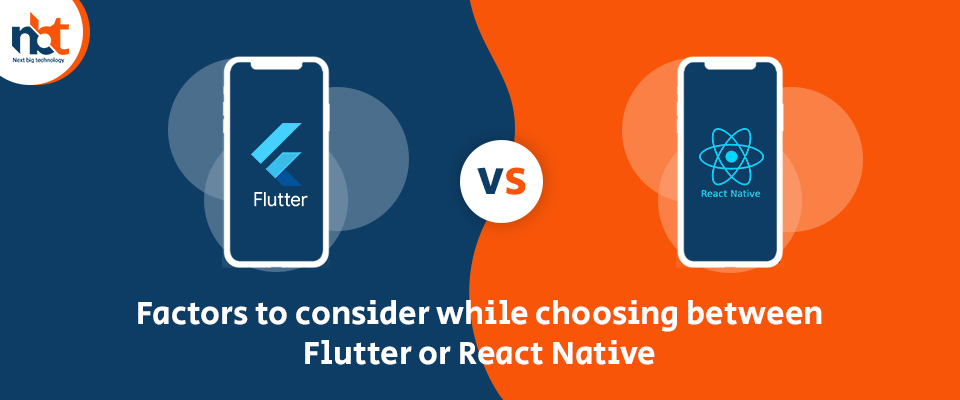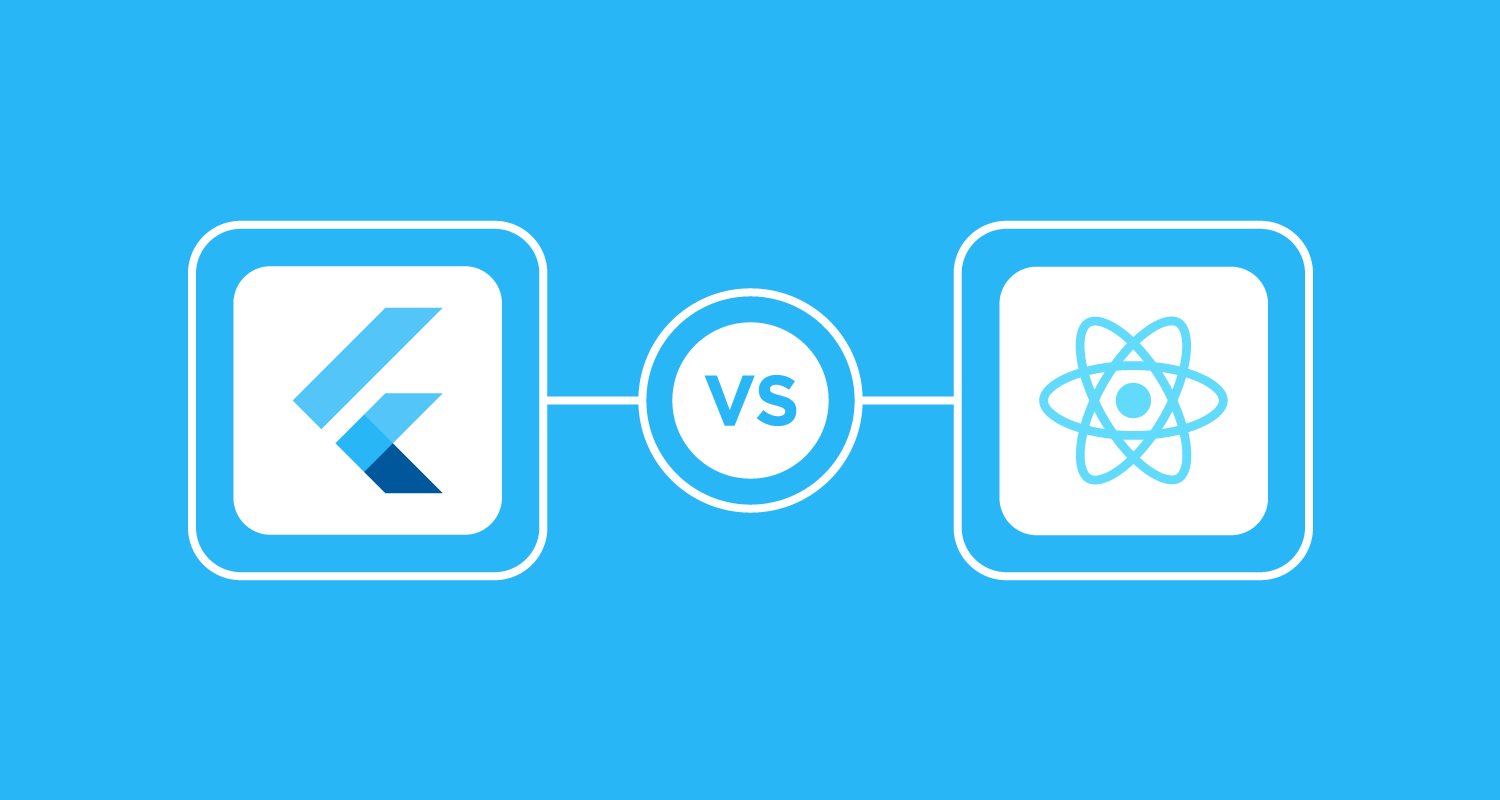Due to the growing popularity of mobile apps, almost every company is seeking mobile applications to remain competitive in the market. Also, the next big technology app development company requires an option to build mobile apps, especially for iOS and Android, with faster speed and fewer resources. With this, Apple and Google have provided native tools and technologies to build business applications. iOS app developers can build apps using Swift and Xcode. On the other hand, Android developers use Android Studio and Kotlin/Java. However, this requires engineers to learn two completely different sets of technologies, resulted in adopting cross-platform solutions over the native solutions using a single language.
Both Flutter and React Native are popular frameworks but differs according to different criteria, some of them are as follows:
- Programming language
React Native uses a JavaScript library for building user interfaces. It is easy for web developers to work with React Native. But JavaScript has solid popularity. It has been the most commonly used programming language that can easily assemble and train a React Native development team easily. While Flutter needs you to use a programming language created by Google, that is, a Dart. It is a client-optimized language with various benefits.
Also Read: Kotlin Vs Flutter: Which One Is Best for App Development In 2021?
- Architecture
React Native allows the communication between JavaScript and the native language via the JavaScript bridge. Its function includes the two sides that are communicated by sending JSON messages. It makes the UI of the application smooth. While Flutter does not require a bridge to communicate with native components. It has everything packed including frameworks like Cupertino and Material Design.
- Installation and Initial Configuration
The configuration of React Native is simple. Basically, React-Native can be installed globally through the command line. You might also need NodeJS and Yarn installed as a package manager. While Flutter can be installed by downloading the binary for a specific mobile platform. Later, it can be added to your path variable through the command line.
Also Read: Flutter V/S React Native: What to Pick in 2021?
- Development Tools and Documentation
React Native has decent documentation and is more focused on mature web developers who are already familiar with JavaScript and has a few gaps. For instance, important features like navigation are not well-documented. Moreover, finding information about building native libraries can be difficult. While Flutter has rich documentation and further offers detailed guides accompanied by graphics and video tutorials. Also, it has several tools to assist you in app development including the debugger and Flutter inspector.
- User Interface
React Native renders the native components for each platform and allows creating the look and feel of native Android and iOS applications. The prominent benefits suggest that React Native offers different ready-made components to use as building blocks. While Flutter has UI, widgets are packaged within itself. In other words, creating native-like applications is easy. You do not need to search for third-party libraries.
Conclusion
Flutter and React Native both have their advantages and disadvantages. Some of the industry experts suggested that Flutter is the future of mobile app development services. The race of cross-platform mobile development is very strong.
Thanks for reading our post “Factors to consider while choosing between Flutter or React Native”, please connect with us for any further inquiry. We are Next Big Technology, a leading web & Mobile Application Development Company. We build high-quality applications to full fill all your business needs.















